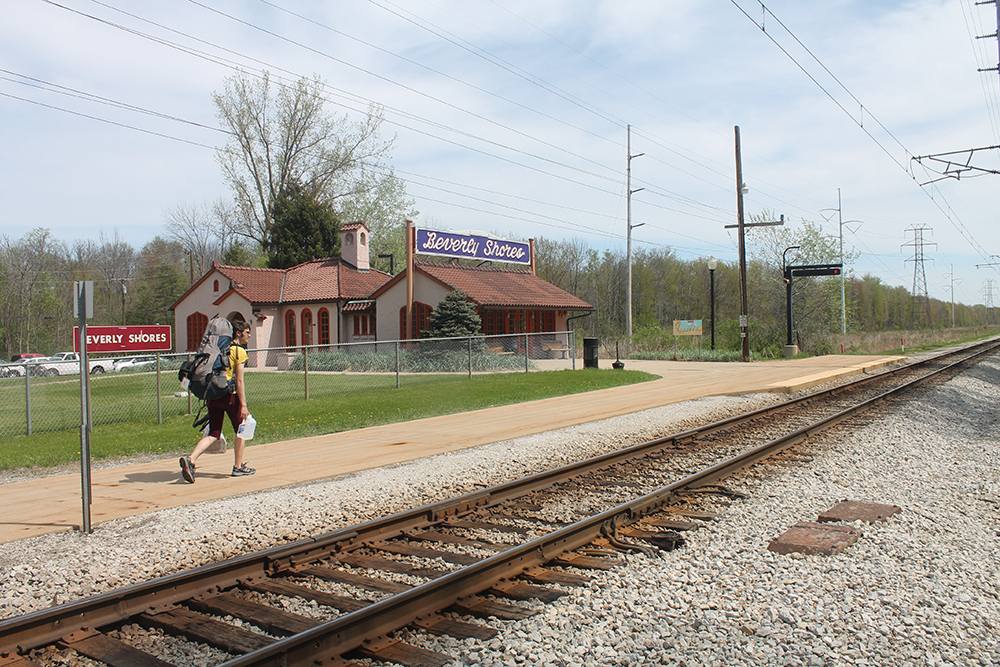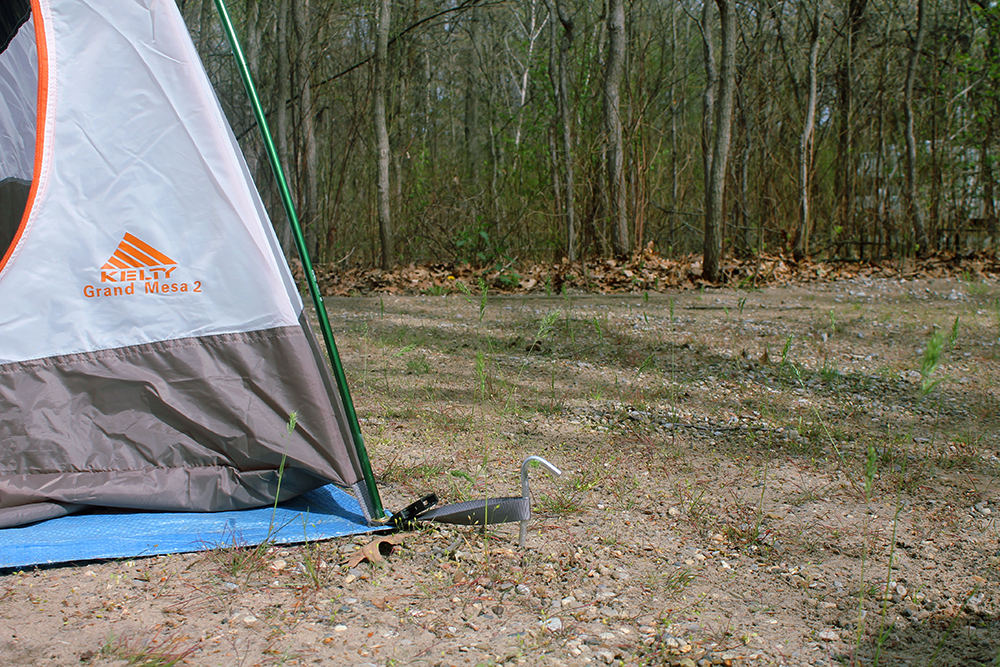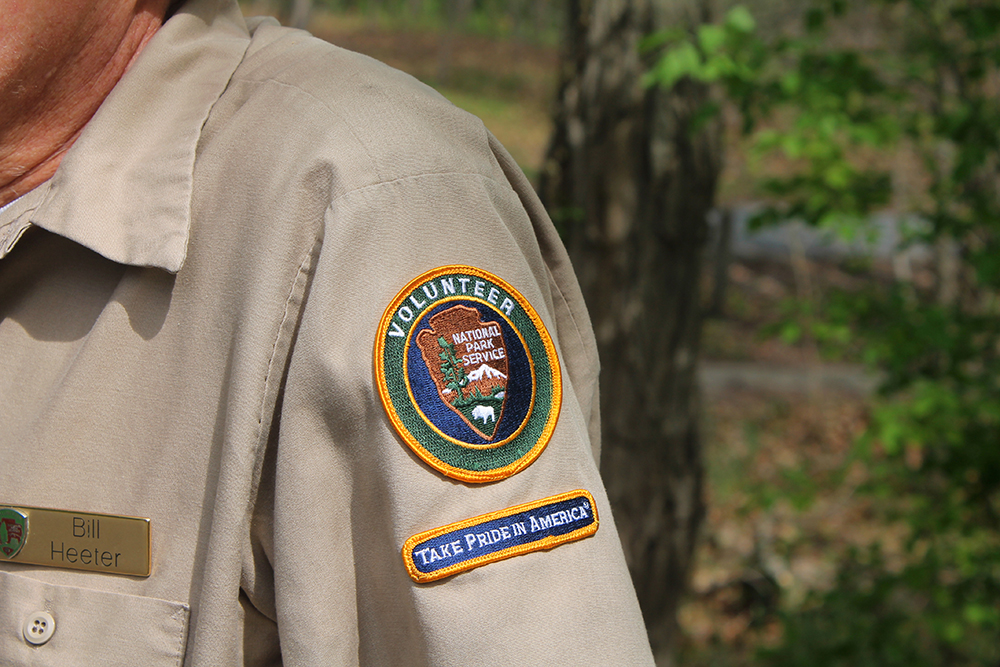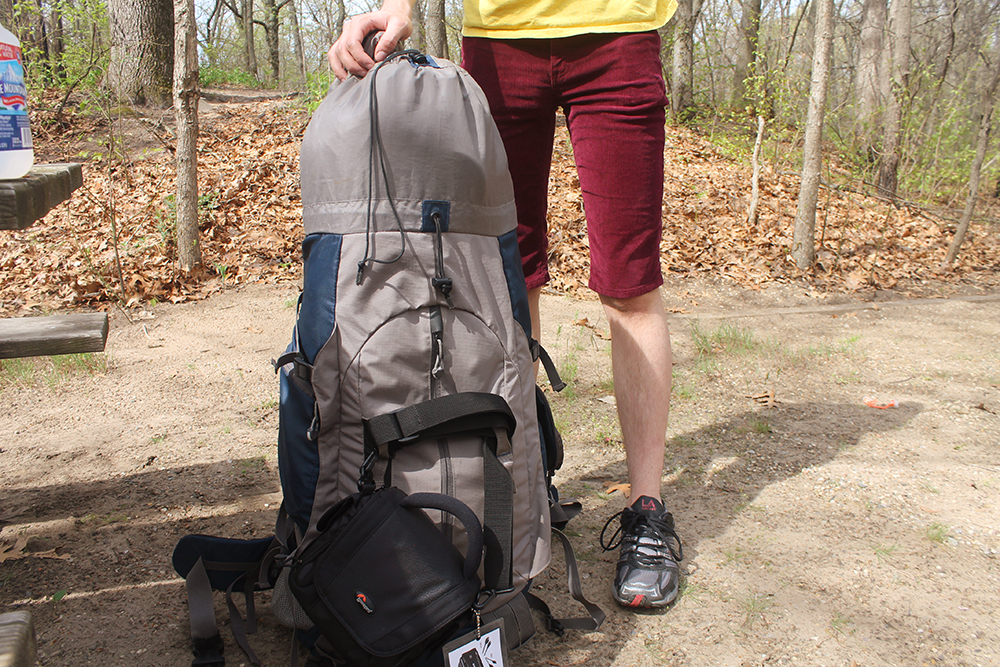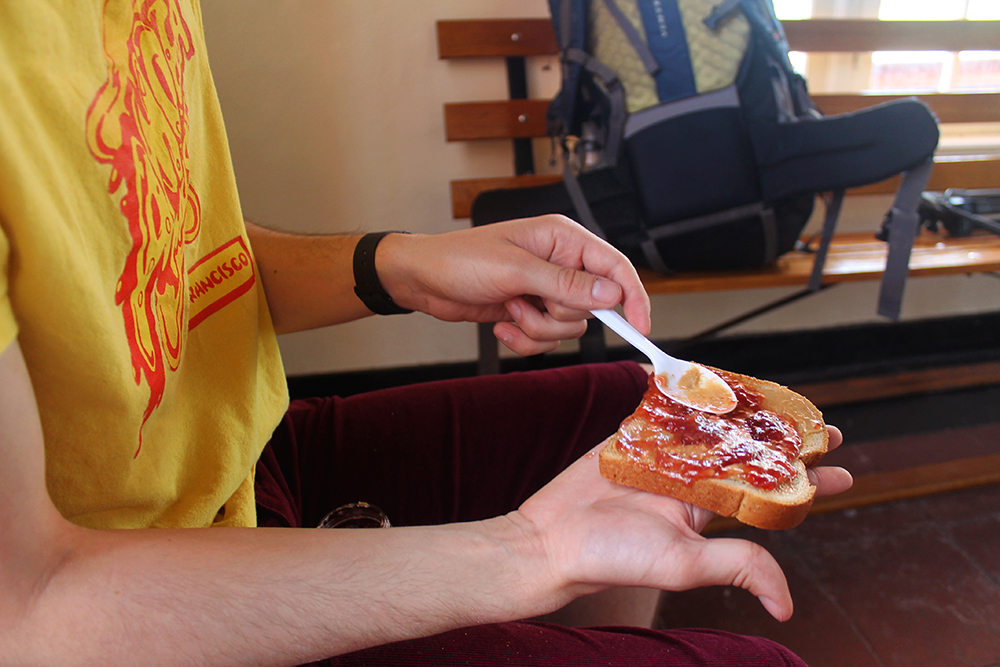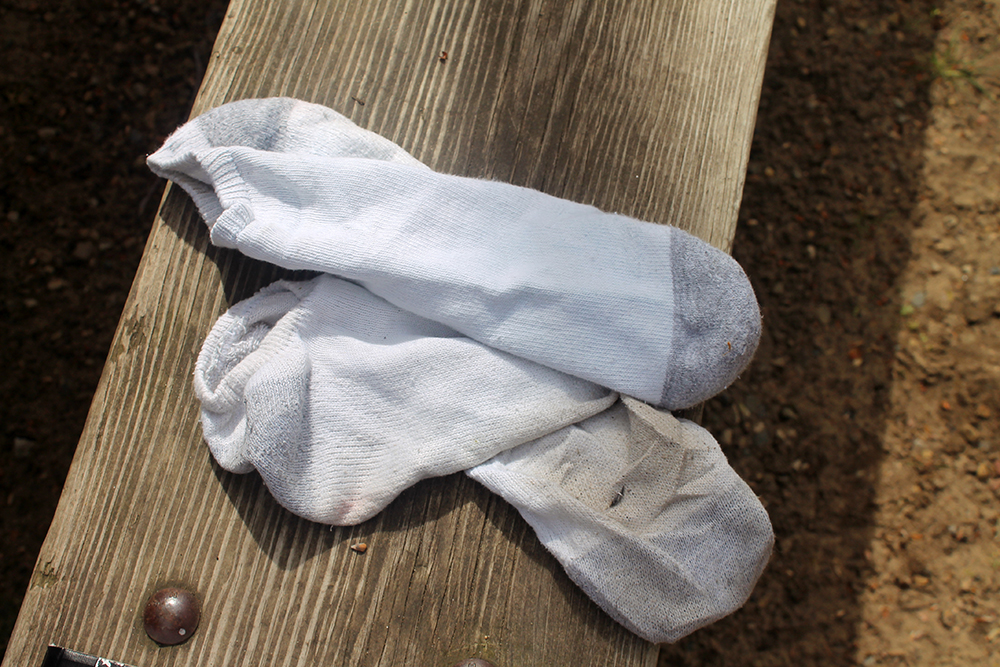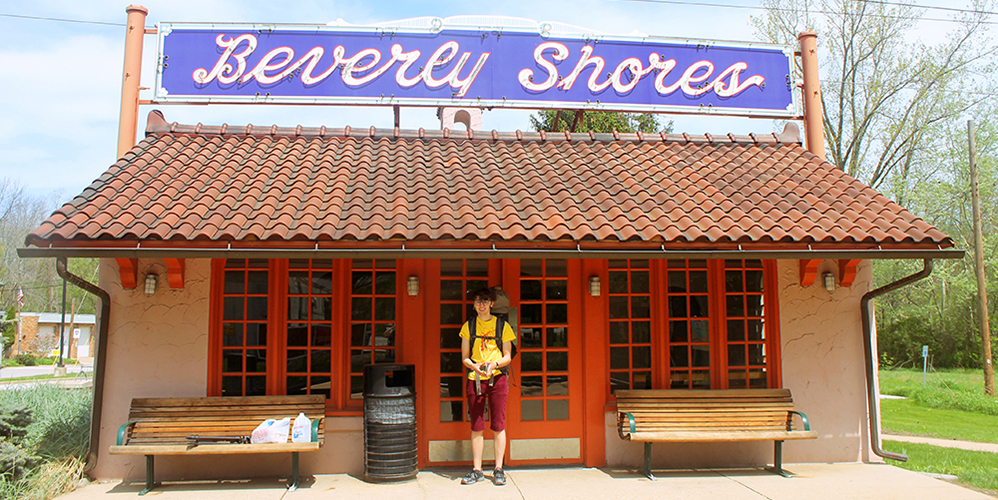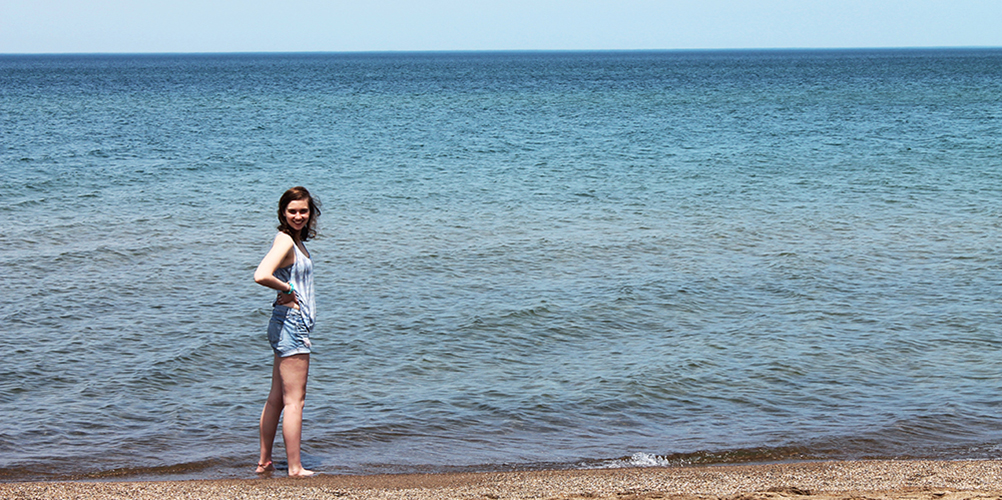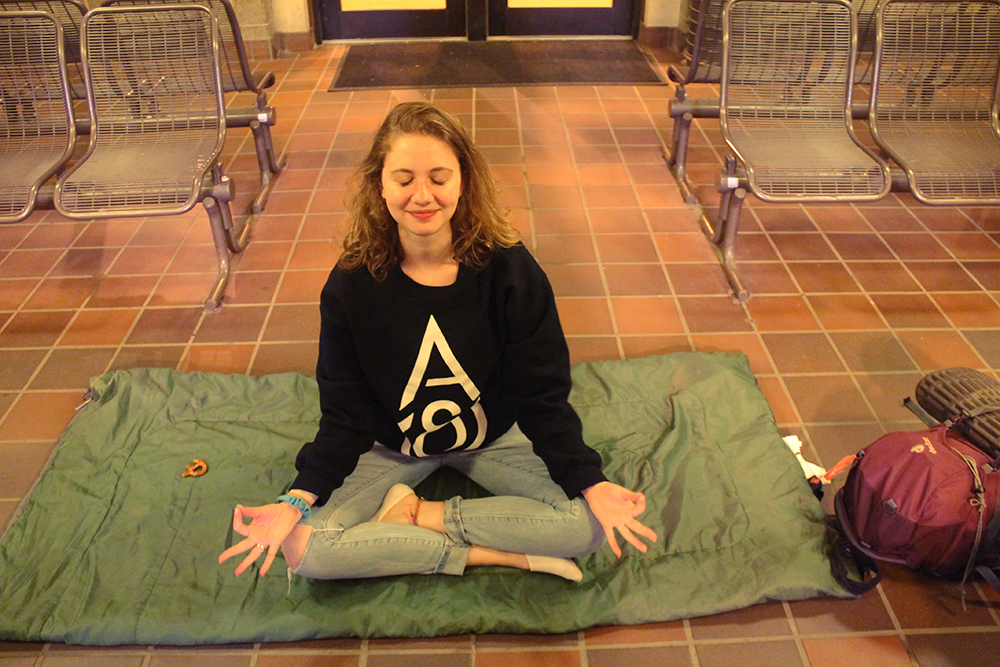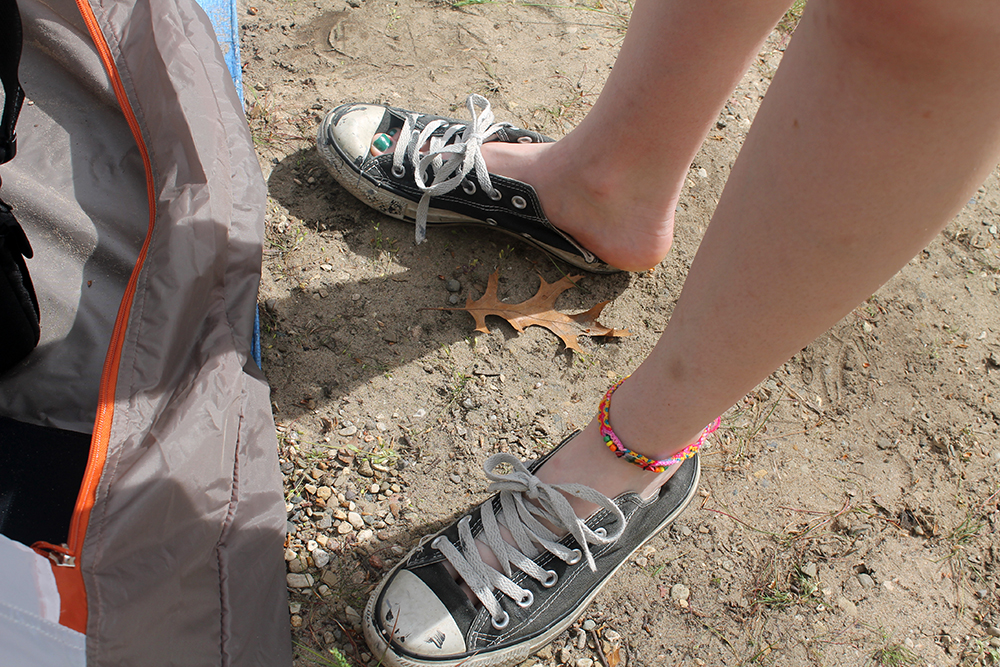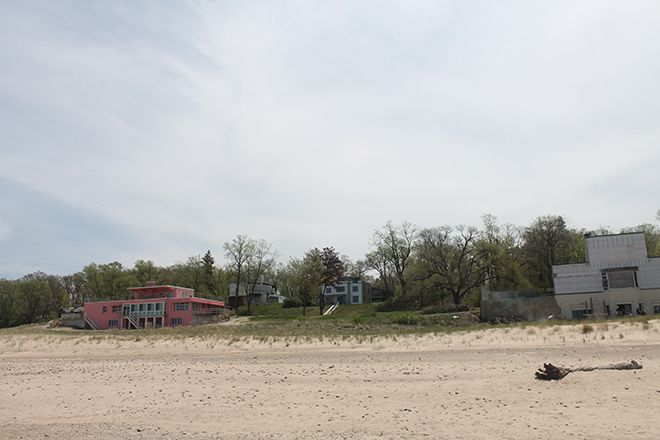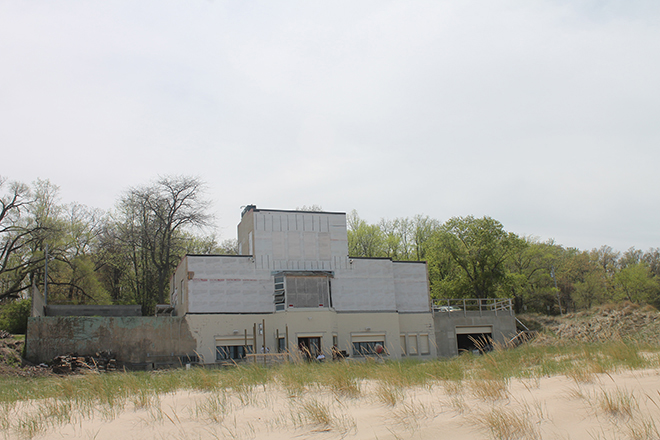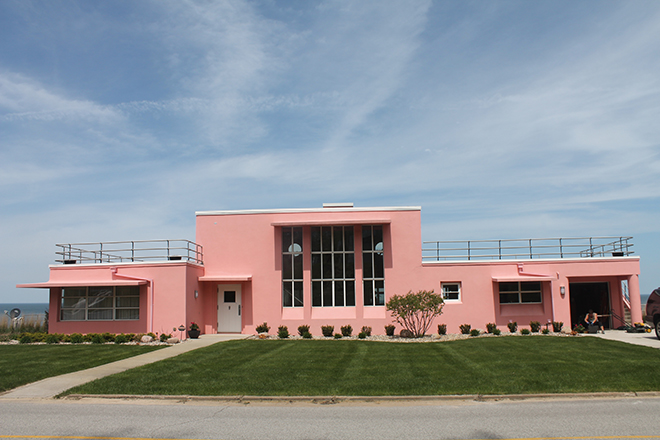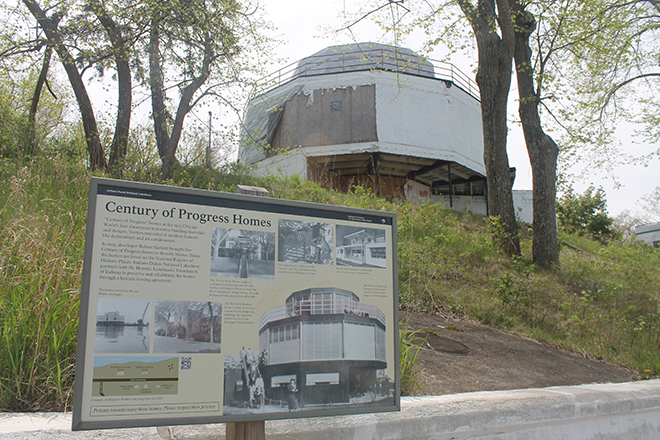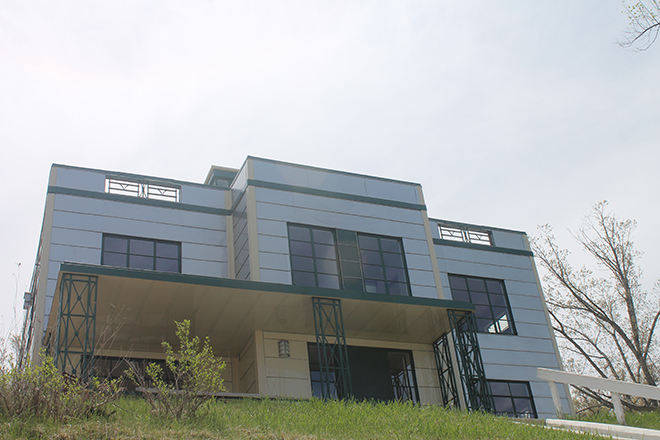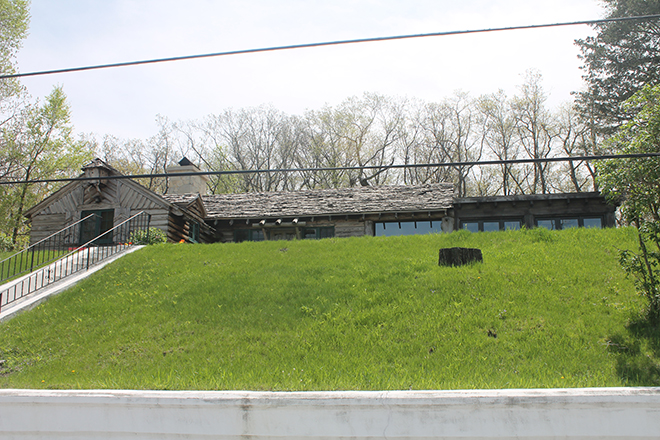A break in time: reflecting on the dunes
Tanner Howard
Sleeping in a tent smaller than my own bed made complaining about having a small room seem trivial. Pitching that tent at 11:30 on a Saturday night while everyone else was busy getting drunk back on campus made me realize that sometimes college life is kind of absurd.
I don’t mean to seem preachy, or to seem like one night of camping suddenly changed everything about how I viewed the world. But the chance to get away from Northwestern for one day was not something I wouldn't normally do otherwise. I’m not going to kid myself and pretend that I was “escaping everything” by running away to go camping in Indiana. At any time, Caroline and I were within about two miles of a train that could take us back to Chicago and our normal lives at any moment we wanted.
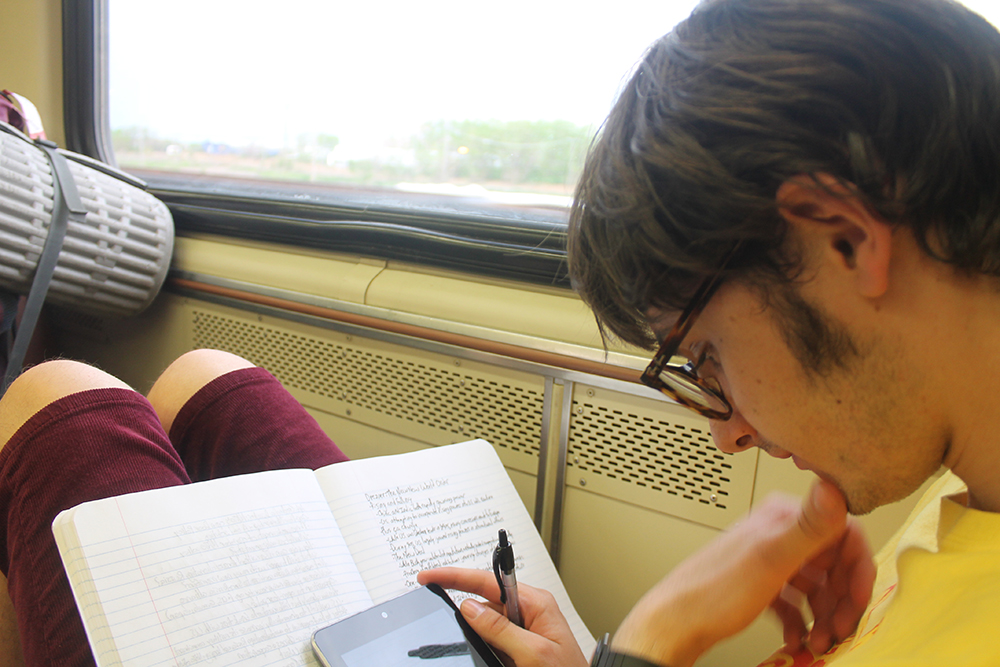
More egregiously, I never once lost cell phone service, and constantly found myself referring to Google Maps to see how close we were to our next destination. Best of all, the convenience store we stopped at was playing Chance the Rapper’s “Juice.” Implausibly, even suburban Indiana is bumping our Dillo daytime headliner, making it feel like I never actually left campus.
I had always romanticized the notion of camping as this primal, escapist pursuit, but the reality is was that my idealized dream was essentially a fantasy. And yet, that doesn’t mean that the 25 hours I spent on this journey, of which about a fourth was spent on a train, wasn’t valuable. As we were about to leave, Caroline said we’d be different people the next night after we returned. I laughed and halfheartedly agreed, not really believing it was possible. I’m not going to say I’ve changed dramatically, but this trip made me stop and think about my experiences at Northwestern thus far.
I had always romanticized the notion of camping as this primal, escapist pursuit, but the reality is was that my idealized dream was essentially a fantasy.
One way this trip got me thinking was simply by putting me in a different context. One reason I chose Northwestern and still one of my favorite reasons I’m here is Chicago. Every single time I’m in the city, I remind myself that while campus is (temporarily) home to me, there’s this vast, wonderful world waiting to be explored one Purple Line trip away.
But I wasn’t prepared to end up in Ogden Dunes, Indiana, a town of 1,110 just off of our train. We got off at the stop thinking we could access a riverwalk run by the National Parks Service, which the map seemed to indicate. We soon learned that it wasn’t accessible on foot, and instead we chose to walk through the town to see if we could make our way towards the lake.
One of the first sights during our stay in Ogden Dunes was a kid’s soccer game, held in a pastoral public park just inside the city limits. On Mother’s Day, dozens of families had gathered together, enjoying the balmy weather, trying to yell words of encouragement to their children without coming across as too aggressive.
There's this vast, wonderful world waiting to be explored one Purple Line trip away.
When I envisioned our trip, I certainly never expected this to be a stop along the way. And yet, it seemed perfectly fitting: for all my efforts to find some form of physical “escape,” I instead seemed to find a temporal shift. For just a few hours, I felt suddenly thrown into some older, more idyllic era, the platonic suburb that never really existed.
I always think of Chicago as the dream recontextualizer, suddenly putting me in the environment that I hope to find myself soon after graduation. It makes my stay on campus more meaningful and the thought of leaving it more invigorating; it makes me appreciate what I have now, while knowing that what’s to come will be even greater.
But, in its own way, Ogden Dunes also made me rethink my life at Northwestern and my future plans. While I constantly dream of moving to the big city, somehow “finding myself” and growing into adulthood among the millions of others around me, for others life is so different. To those we met in Ogden Dunes, life was a child’s soccer game on a pleasant Sunday afternoon, something so simple but so utterly perfect. There was no need for a big city, no grand plans for self-actualization, no worries about the future. And, for one day, I had nothing wrong with that. As I leave freshman year and look to the future, there’s a lot to look forward to. As I consider what mattered to me about the incredible year I’ve had at Northwestern, it’ll be hard to capture all the little moments that added up to make things so special.
Thankfully, I know this experience will forever stand out. If you ever get the chance, shake the ties of campus for one weekend and head the wilderness. You may not escape technology, and you may not even want to. But there’s something special about getting to leave Northwestern even for a little while, taking the chance to forget about homework and midterms and enjoy this unique moment in our lives.
